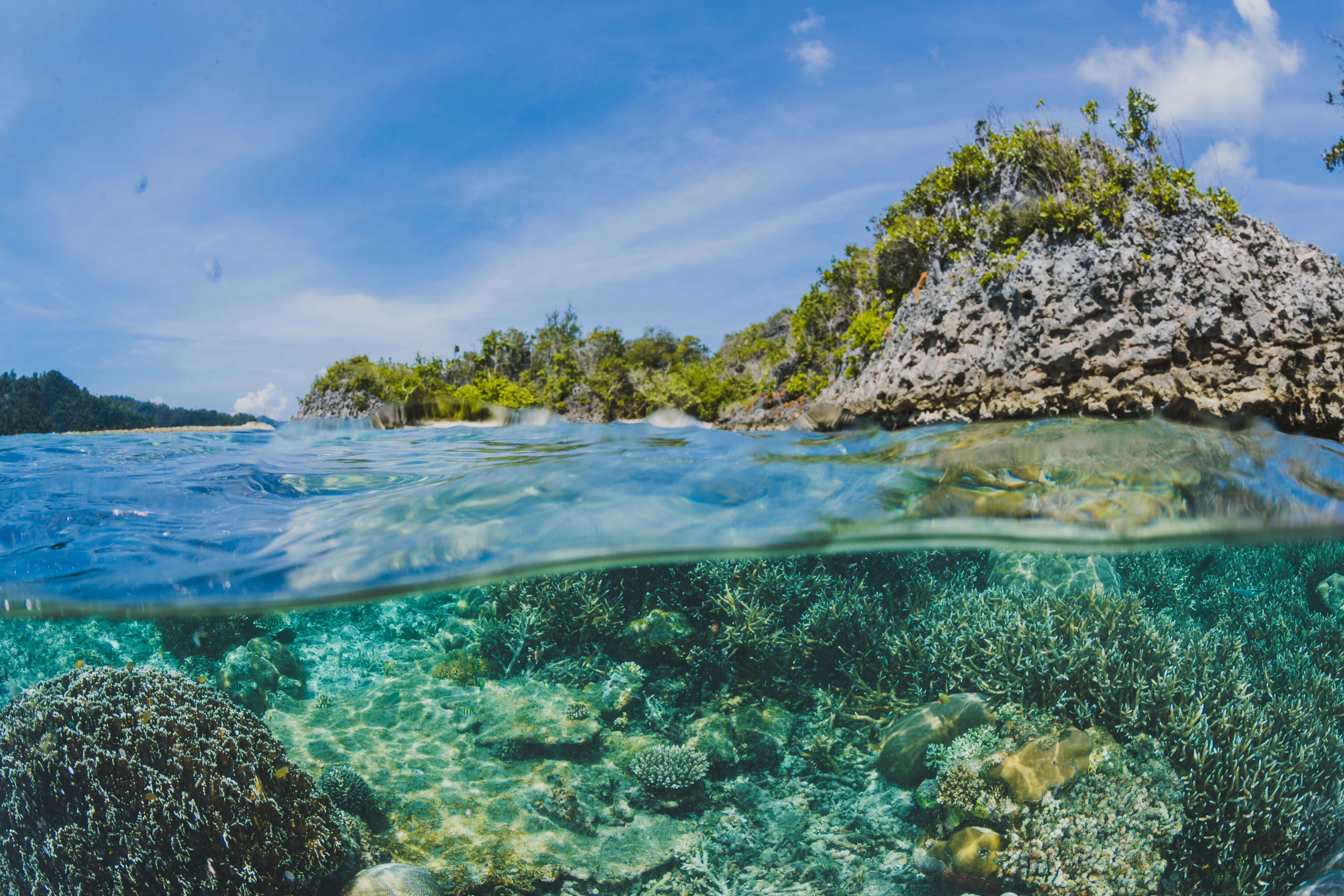ROADMAP will address the following four key open questions:
Q1: How will future changes in northern hemisphere ocean circulation—western boundary currents and the Atlantic meridional overturning circulation—influence SST fronts and large-scale SST variability patterns?
While the ocean is warming globally, this warming has not been uniform in the last decades. This warming “hole” has been associated with the weakening of the AMOC. The processes behind these changes are still unknown, and whether they are driven by changes in the atmosphere, cryosphere or a result of ocean circulation changes is a topic of ongoing scientific research. These broad-scale changes in ocean warming and salinity have knock on consequences for the ocean –atmosphere interface.
Understanding the origin of these ocean surface changes is critical, for knowledge purposed and from the perspective of predicting and constraining future projections.
Western boundary currents (WBCs) conduit heat and available moisture polewards in all ocean basins and are intimately linked with the existence of storm tracks in certain regions. The frontal regions in the zonal extensions of these currents exhibit both broad meridional shifts and periods of intense eddying, with associated strong, mesoscale SST fronts. Increased eddying and broadening of WBCs have a distinct impact on the atmospheric storm track. Changes in the Gulf Stream ongoing in the Atlantic since 2005 are coincident with a weakening of the AMOC. Whether this timing is coincidental is an important question in understanding the future fate of WBCs.
Q2: How does mid-latitude ocean–atmosphere interaction influence the northern hemisphere tropospheric eddy-driven jet, the stratospheric polar night jet and atmospheric blocking on seasonal and longer timescales, and how the interaction is affected by global warming?
Variability of the tropospheric eddy-driven jet (TEDJ), the stratospheric polar night jet (SPNJ) and blocking are important for densely populated areas in Eurasia and North America as they affect the variability of storm tracks (cyclones), weather regimes and extremes.
The dynamics of TEDJ, SPNJ, and blocking involve atmospheric eddies, which are in turn strongly influenced by the lower atmospheric boundary conditions. The TEDJ, SPNJ and blocking provide a dynamical framework to understand the interactions between the ocean and different aspects of the atmospheric circulation including extremes. However, the driving role of the ocean versus atmospheric dynamics is not fully understood, and the interplay between the influence of external radiative forcing and oceanic forcing complicates the matter.
Predictive skill has been recently demonstrated in large-ensemble seasonal and interannual predictions of the North Atlantic Oscillation (NAO), which variability is linked to the TEDJ, the SPNJ, and blocking, but the ocean-induced dynamical processes behind the significant NAO predictability present a fundamental, open scientific question. It is still unclear to what extend the tropical and extratropical SST-forcing, stratospheric, Arctic sea-ice and external natural and anthropogenic radiative forcing may play a role. It is also unclear, which other extratropical atmospheric modes of variability and weather regimes linked to the TEDJ can be predicted outside the NAO.
Q3: How do tropical-extratropical atmosphere-ocean interactions and inter-basin teleconnections impact the Northern hemisphere tropospheric eddy-driven jet, stratospheric polar night jet and atmospheric blocking on seasonal and longer-timescales? Will the interactions and teleconnections change in the future?
Tropical-extratropical teleconnections and inter-basin linkages at seasonal and longer time scales are important issues to be tackled from a climate point of view because long-term variability often results from a change in frequency of specific events occurring at shorter time scales. There is evidence that the Madden-Julian Oscillation (MJO) has an impact on the atmospheric circulation in mid- and high-latitude, influencing the position of the Pacific and Atlantic eddy-driven jets, the North Atlantic Oscillation and the occurrence of blockings. Tropospheric and stratospheric pathways have been discussed to explain the influence of El Niño Southern Oscillation (ENSO) and MJO onto the midlatitudes. In the Atlantic Ocean, the main mode of variability, known as the Atlantic Multidecadal Variability (AMV) shows alternating basin-wide anomalies at the multi-decadal time scale. Although the oceanic advection associated to the overturning circulation and subpolar gyre explains the presence of the mid-latitude subpolar anomalies, the underlying processes associated to the tropical part of the AMV are however not well known. Not known is indeed if they result from the atmospheric forcing or from oceanic processes.
Q4: How will changes in the major oceanic and atmospheric patterns impact atmospheric and marine extremes in the tropics and extra-tropics, including extra-tropical cyclones?
Recent decades have seen a strongly non-uniform warming of the ocean, which caused changes to both atmospheric extremes (AE, e.g. heat waves or floods) and marine extremes (ME, e.g. marine heat waves). There is rising evidence that some extremes are synergetic, but substantial uncertainties remain in understanding the drivers of compound events. Understanding how single/compound AE or ME respond to a change in surface climate could reveal potential for enhancing sub-seasonal to decadal predictions of extreme events as well as assessing the risks and potential damages of anthropogenic climate change.
Summary
ROADMAP aims to expand current understanding of how the Northern Hemisphere ocean surface state and ocean dynamics influence the extratropical atmospheric circulation, as well as associated impact-relevant weather and climate extremes, across space and time scales, short synoptic to decadal-planetary, under both present day and future climate conditions.
ROADMAP conducts dedicated experiments employing cutting-edge numerical techniquesbased on data assimilation and interactive ensemble modelling. Analyses will be based on advanced dynamical and statistical methods as well as novel machine learning techniques designed to infer complex, non-linear relationships.
ROADMAP applies a multi-model approach,crucial for assessing uncertainties.
ROADMAP exploits the wealth of model simulationsrecently produced in other international (EU and worldwide) research activities.





